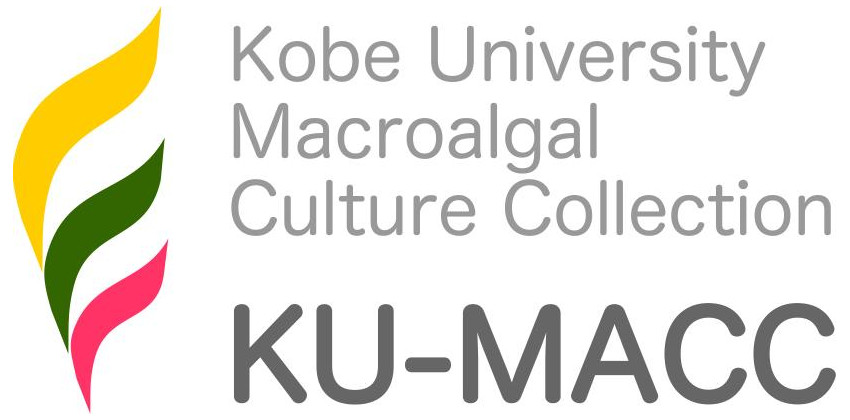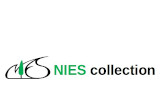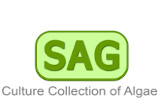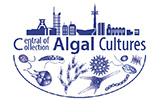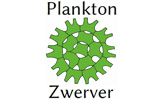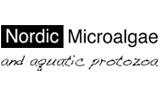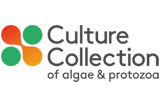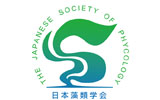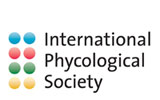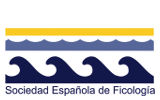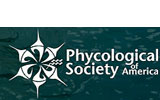Chara globularis Thuiller 1799
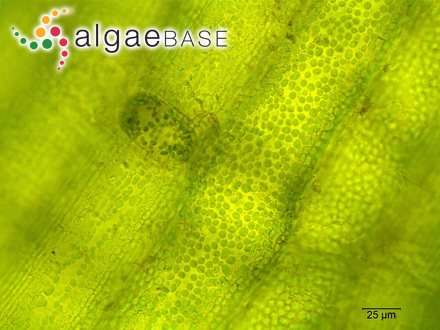
Current name:
Chara globularis Thuiller
Minute spine cell. Yardley Chase, Northamptonshire, UK. - 01 February 2009. C.F.Carter (chris.carter@6cvw.freeuk.com)
Publication Details
Chara globularis Thuiller 1799: 472
Published in: Thuillier, J.L. (Ann VII [1799]). Flore des environs de Paris, ou, Distribution méthodique des plantes qui y croissent naturellement, Faite d'après le systême de Linnée: avec le nom et la description de chacune et latin et in françoise; l'indications de leur lieu natal, de leur durée, du temps de leur florasion, de la coluleur de leurs fleurs, et al citation de Auteurs qui les ont le mieux décrites ou en ont donées les meilleures figures. Nouvelle édition: revuew corrigée et considérablement augumentée [éd. 2]. pp. 1-595. Paris: Chez l'Auteur et H.L. Perronneau.
Type Species
The type species (lectotype) of the genus Chara is Chara vulgaris Linnaeus.
Status of Name
This name is of an entity that is currently accepted taxonomically.
Type Information
Type locality: "Habitat in aquis pigris" [environs of Paris, France]; (Thuillier 1799: 472) Lectotype (designated by Zaneveld 1940: 193]: Thuillier (no location spcified); no date; L; 0054649 (Zanefeld 1940: 193) Notes: Epitype (PC 0074031 for lectotype) designated by Sakayama et al. (2009: 926): PC 9974031 (no date, Desvaux?).
General Environment
This is a freshwatermarine species.
Description
Plants are from 5 to 50 cm long, commonly green in colour, but encrusted and grey in calcareous waters. The axis is up to 500 µm in diameter and in some cases up to 800 µm in diameter. The internodes are as long as, or longer than the branchlets. The branchlets are 6-9, each with 8-12 segments. The stem cortex is triplostichous, isostichous. The spine cells are lacking or papillous. The stipulodes in both rows are very short or papillous. The plant is monoecious. The gametangia are conjoined at the three lowest branchlet nodes. The oogonia are solitary and up to 1.2 mm long. The oospores are black. The antheridium is up to 500 µm in diameter.
Habitat
Chara globularis is found both in freshwater and brackish water. In freshwater it is found in lakes and rivers, oligotrophic as well as eutrophic water. In calcareous lakes the species can be heavily encrusted. It grows on a sand, clay, mud or marl bottom. It is usually found in shallow water, down to 4 m depth. In brackish water it is common in the Swedish part of the Baltic Sea. It is commonly annual but perennial forms are found on deeper water. The species is fertile from May to September, in the Baltic Sea from July. It is often richly fertile and often full of ripe, black oospores which are found from June to October.
Created: 11 April 2002 by M.D. Guiry.
Last updated: 10 January 2025
Verification of Data
Users are responsible for verifying the accuracy of information before use, as noted on the website Content page.
Taxonomic note
"Nomenclatural comment: The taxon was often referred to as Chara fragilis. According to the description given, this younger name must be regarded as an illegitimate synonym of Chara vulgaris." (Zviedre & Schubert 2024: 499). - (10 January 2025) - M.D. Guiry
Distributional note
"Chara globularis is a cosmopolitan species, reported frequently from all continents, except Antarctica (see Korsch, 2018). Its centre of occurrence, however, is in the temperate and nemoral northern hemisphere with just a few occurrences north of the Polar circle (Krause, 1997, Langangen, 2007)." (Zviedre & Schubert 2024). - (10 January 2025) - M.D. Guiry
Conservational note
"The ecological niche occupied by Chara globularis species is very broad, compared to other charophytes; the species can be regarded as a generalist. Moreover, being a widespread species with respect to its geographical distribution and also being eutrophication-tolerant, C. globularis is not seen as an endangered species (Chap. 9). Except for a few countries (e.g., Poland and Hungary) where it is regarded as 'Vulnerable', the species is 'too frequent' to get red-listed at all (see Chap. 9). The loss of primary sites is at least balanced by successful installation in newly formed habitats in Europe."(Zviedre & Schubert 2024). - (10 January 2025) - M.D. Guiry
Linking to this page: https://www.algaebase.org/search/species/detail/?species_id=27163
Citing AlgaeBase
Cite this record as:
M.D. Guiry in Guiry, M.D. & Guiry, G.M. 10 January 2025. AlgaeBase. World-wide electronic publication, National University of Ireland, Galway. https://www.algaebase.org; searched on 28 March 2025
 Request PDF
Request PDF